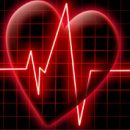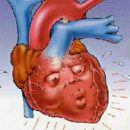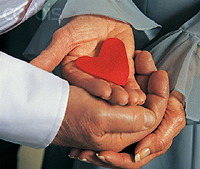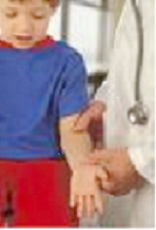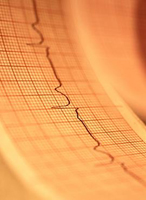Arrhythmia - violation of the rhythm of heart rate in frequency, regularity, rhythm source. Arrhythmias are divided into paroxysmal (paroxy) and chronic. Some arrhythmias are the reaction of the heart on the pathology of other organs and systems, on the reception of alcohol, smoking, for drugs.
Content
To appoint adequate treatment, it is necessary to determine the type of arrhythmia – That is fix it on the ECG.
Millions of people around the world for their lives feel interruptions in the heart.
Yours
Heart beats about 100,000 times a day. Each of these cuts
Starts with an electric pulse arising in the heart.
Heart rhythm disturbances called arrhythmias — this is a change in frequency and
Regularity of heartbeat. Rhythm can be too fast, too
Slow or irregular.
Types of arrhythmia
There are many types of arrhythmias and heart blockade. You can simplify them to divide into the following groups:
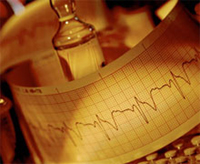 Tachycardia — This is too frequent rhythm (more than 90 dd. in Min.). Tachycardia is divided into two large groups: ventricular and superstrics.
Tachycardia — This is too frequent rhythm (more than 90 dd. in Min.). Tachycardia is divided into two large groups: ventricular and superstrics.
Bradycardia
— it's too slow pulse. It depends on age and physical
activity, but in most cases, the pulse is less than 60. in Min.
It is considered rare.
Extrasystole — This
Extraordinary Reduction Heart. Normally, impulses arise in sinus
node and then go through the electrical system of the heart. With extrasystole
Pulses occur outside the sinus node.
Blockade Heart
— When the impulse can not go through certain parts of the heart
Muscles. Sometimes it can end with complete heart stop.
Symptoms arrhythmia
- Heartbeat
- Interruptions, «Pulls» in chest
- Weakness, dizziness
- Breast pain or pressure
- Dyspnea or frequent breath
- Fainting and loss of consciousness
Diagnosis of arrhythmia
ECG: description, analysis
Electrocardiogram
(ECG) graphic representation of the potential difference arising in
Heart operation time on the surface of the body registered by the device under
title electrocardiograph in the process of electrocardiography. Is an
One of the main methods for diagnosing cardiovascular diseases.
Monitoring for Holter
Holterovskoye
Monitoring is named after the researcher Norman J. Holter, who
For the first time applied this technique in 1961. This is a functional method
Diagnostics by which the daily record of the electrocardiogram (ECG) is carried out in several leads. ECG record is carried out continuously within 24 hours.
ECG by phone
ECG
By phone allows you to transmit an electrocardiogram from anywhere
The globe where there is a telephone connection. Patients get into their
Order portable devices allowing to register and
Transmit to the center of remote cardiology diagnostics (tsuk)
Telephone lines Electrocardiogram (ECG). Experienced Tsukd doctors
Analyze the data of the received ECG and issued immediate recommendations
Patient.
Methods of treatment of arrhythmia
Treatment of arrhythmias with medicinal therapy
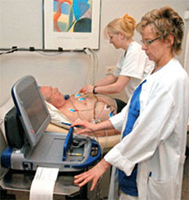 How
How
Rule, treatment of arrhythmia begins with the appointment of antiarrhythmic
drugs. In some cases, this can significantly reduce
Manifestations of arrhythmia.
Radio frequency ablation (ablation) arrhythmia
Radio frequency
Ablation (ablation) is the minimum invasive protector, which
Allows you to fully cure arrhythmia with small proces.
Pacemaker (electrocardiomator, ex)
Pacemaker
(Electrocardiomulator, ex) or artificial rhythm driver —
Medical device designed to maintain heart rhythm.
The main task of the pacemaker is maintaining or
imposing heart rate patient who has a heart
Beats not often (bradycardia), or there is a blockade
Between the atria and ventricles (atrioventricular blockade).
Cardioverter defibrillator
A bunch of
People die from a sudden stop of the heart in everyday life.
Heart stop is often caused by ventricular arrhythmias that
most cases could be interrupted by pacemaker and
Defibrillation.
Combined treatment of arrhythmia
Combines all previously described treatment methods for arrhythmia.

